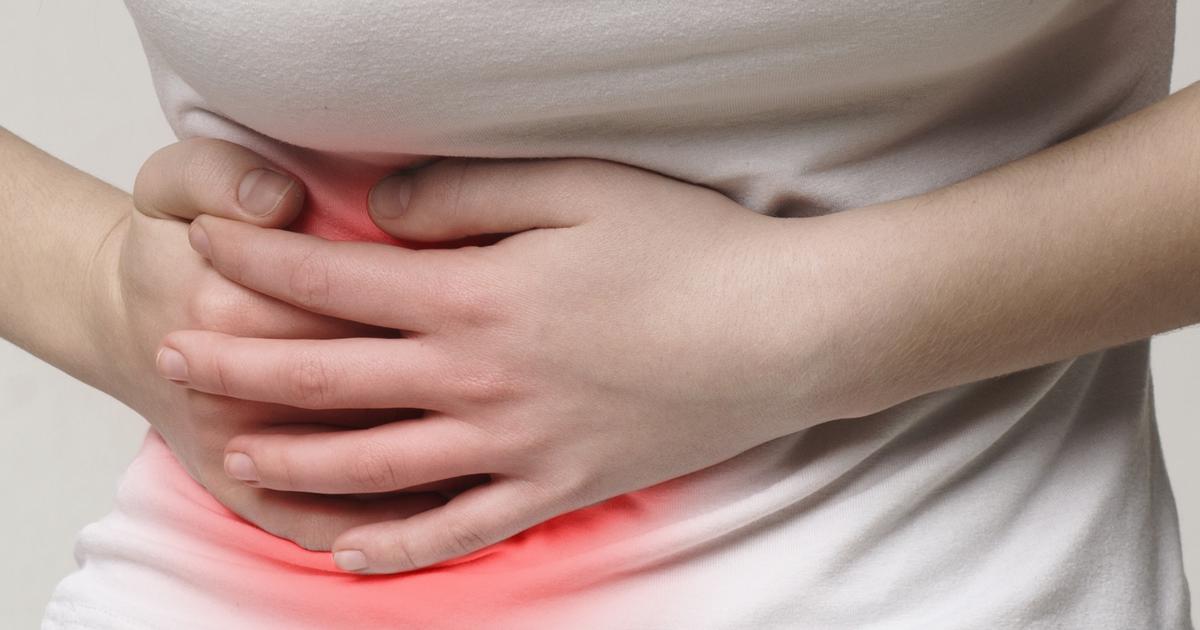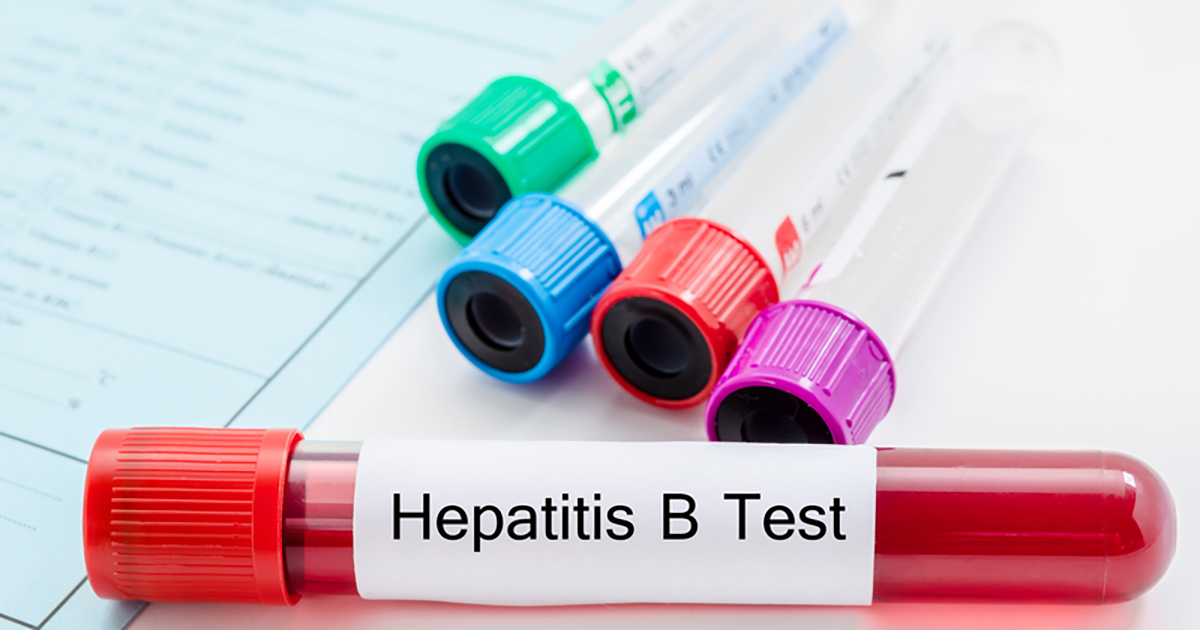Guide To The Causes Of Liver Pain
The liver is an organ with multiple important functions in the body, including cleansing the blood, regulating metabolism, and fighting infections. Sometimes liver pain can manifest as a dull backache, right shoulder pain, and or kidney pain. Liver pain is often accompanied by other symptoms such as fever, pale stools, weight loss, abdominal tenderness, itchy skin, appetite loss, dark urine, nausea and vomiting, yellow skin, leg swelling, and fatigue. The underlying cause of liver pain can be identified through a physical exam, blood liver panel tests, CT scans, MRIs, ultrasounds, and liver biopsy. True liver pain not caused by another unrelated medical problem is typically caused by serious conditions that require treatment.
Uncover common causes of liver pain now.
Injury To The Liver

The liver is the organ in an individual's abdomen that is most likely to become injured because of its large size. The largest solid internal organ in the human body is the liver. The most common injuries to the liver come from motor vehicle crashes, violence, sports, blunt trauma, bicycle crashes, or a penetrating injury to that causes a cut or tear in an individual's liver. Often, an injury to the liver results in bleeding or hemorrhaging inside the abdomen. This bleeding occurs due to the various large blood vessels that run throughout an individual's liver. The pain that results from a hemorrhage in the liver will be concentrated in the upper right portion of the abdomen and radiate to the right shoulder. The tissues in an affected individual's abdomen may become inflamed from the presence of blood that occurs with a liver injury.
Keep reading to learn more about what can trigger liver pain now.
Hepatitis

Five different hepatitis viruses can cause inflammation to occur in an individual's liver if they become infected. The hepatitis B virus is most likely to cause them to experience liver pain. The hepatitis B virus is known to be directly damaging to the liver cells, and it produces a direct immune assault upon infected hepatocytes. A type of T lymphocyte in an individual's immune system can recognize the core antigen of hepatitis B on the membrane of infected liver cells. The combination of direct damage done to the liver cells by the virus and immune system-mediated inflammatory damage may result in the formation of tissue scarring in the liver. Tissue scarring occurs when the body attempts to repair tissue damage in the affected area. The repair is made with a dense fibrotic tissue different from the original tissues. This fibrosis in the liver begins to accumulate over time and causes compounded inflammation in the organ. Liver inflammation can manifest as intermittent upper quadrant abdominal pain and is known to accompany several other classic hepatitis symptoms.
Uncover details on more causes of liver pain now.
